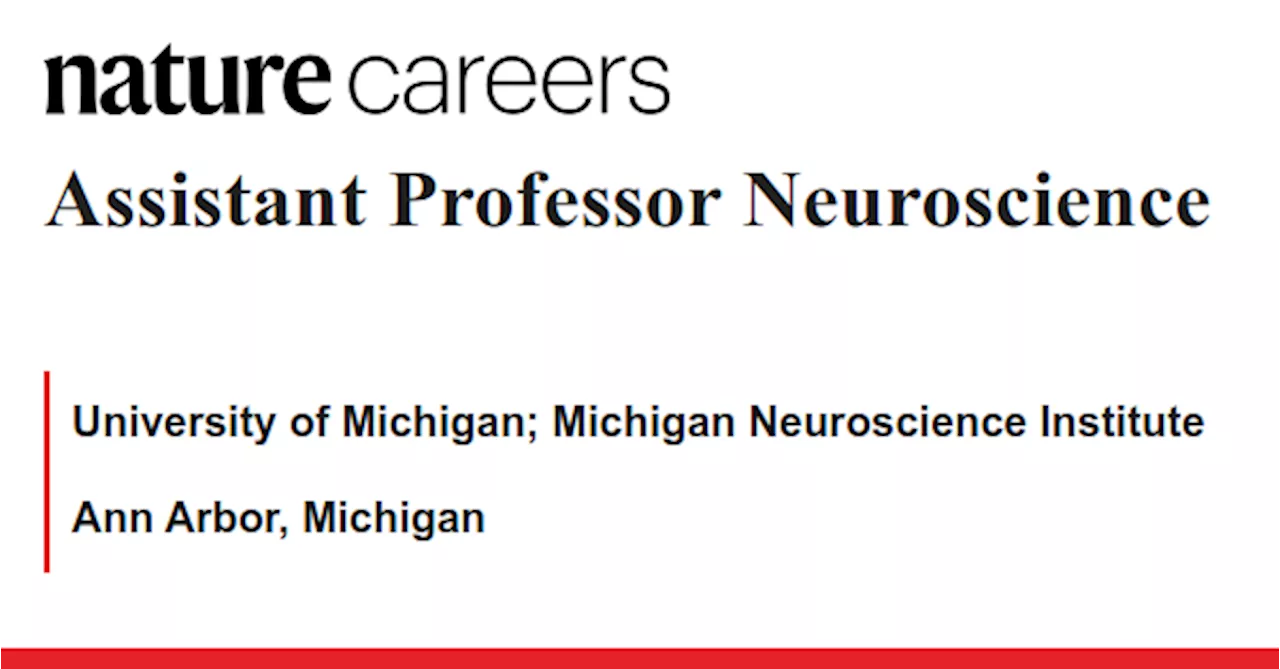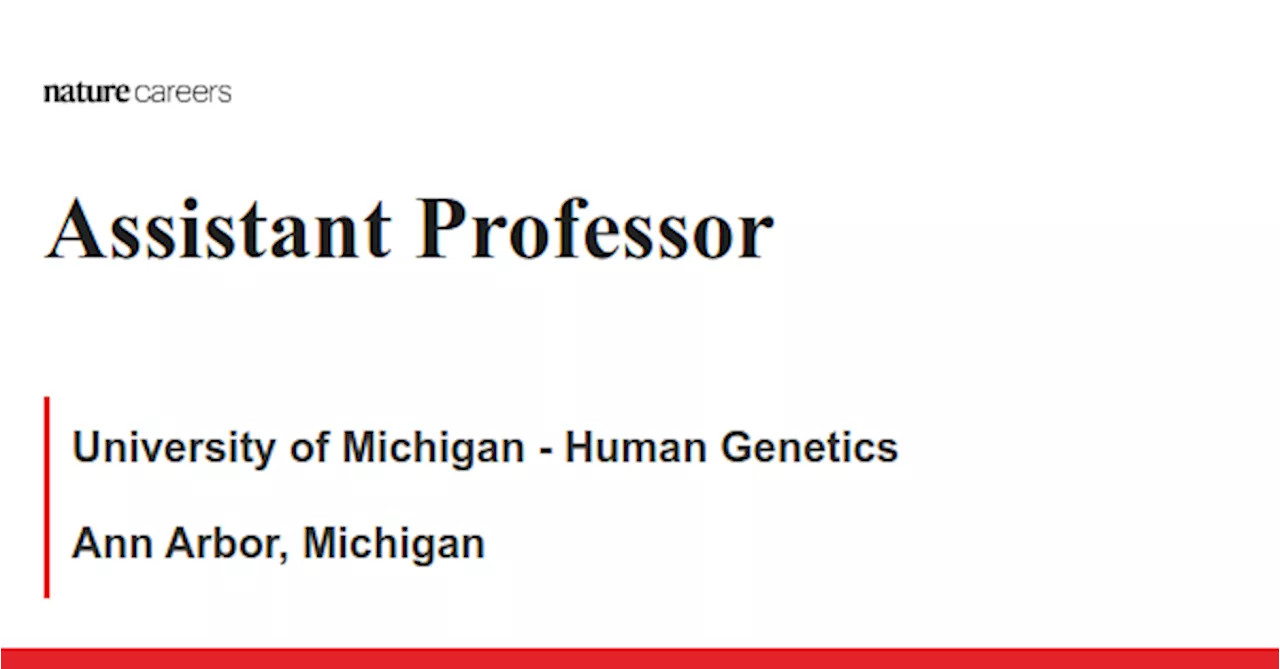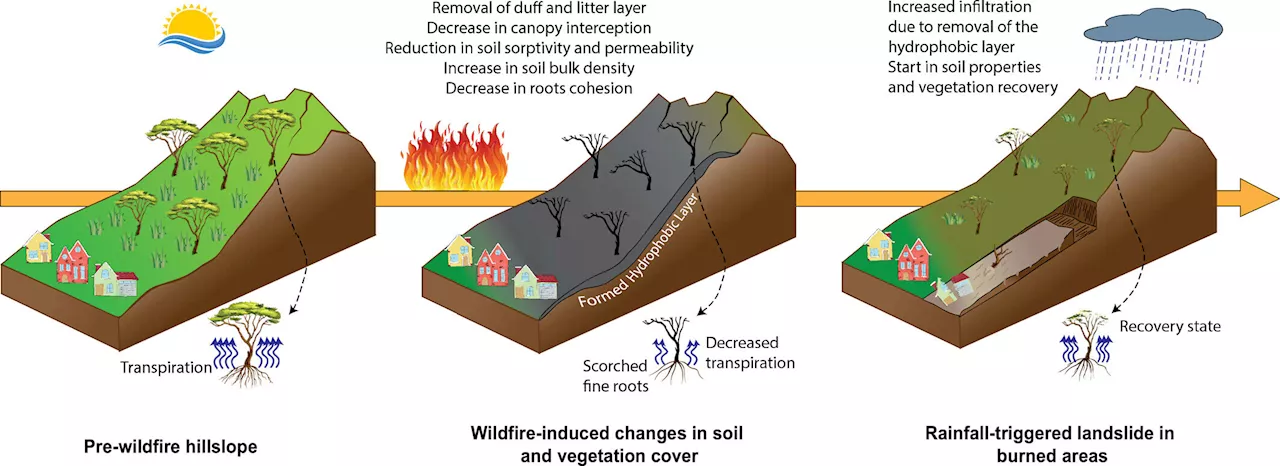Researchers at the University of Michigan have created a novel artificial photosynthesis system that can successfully bind two carbon atoms together to form ethylene, a vital step towards producing solar fuels. This method surpasses existing artificial photosynthesis systems in efficiency, abundance, and consistency.
The process starts with nanowires being submerged in water enriched with carbon dioxide and exposed to light equivalent to the sun at noon.Researchers with the artificial photosynthesis device that can turn carbon dioxide and water into ethylene, in a step toward making solar fuels .Researchers at the University of Michigan have developed a new artificial photosynthesis system that can bind two carbon atoms together into a hydrocarbon.
The reaction converting water and carbon dioxide into ethylene takes place on copper clusters, each with about 30 atoms that dot the nanowires, according to a press release by the university.with nanowires being submerged in water enriched with carbon dioxide and exposed to light equivalent to the sun at noon.
Researchers found that 61% of the free electrons that the semiconductors generated with the light contributed to the reaction to produce ethylene.
Artificial Photosynthesis CO2 Conversion Ethylene Production Solar Fuels Clean Energy
United States Latest News, United States Headlines
Similar News:You can also read news stories similar to this one that we have collected from other news sources.
 Ann Arbor, Michigan job with University of Michigan; Michigan Neuroscience InstituteThe Michigan Neuroscience Institute (MNI) at the University of Michigan invites applications for tenure-track faculty position at the Assistant Professor rank, but applicants at other ranks will be considered.
Ann Arbor, Michigan job with University of Michigan; Michigan Neuroscience InstituteThe Michigan Neuroscience Institute (MNI) at the University of Michigan invites applications for tenure-track faculty position at the Assistant Professor rank, but applicants at other ranks will be considered.
Read more »
 Ann Arbor, Michigan job with University of Michigan; Michigan Neuroscience InstituteThe Michigan Neuroscience Institute (MNI) at the University of Michigan invites applications for tenure-track faculty position at the Assistant Professor rank, but applicants at other ranks will be considered. We seek outstanding neuroscientists who address fundamental mechanisms important for diseases of neurodegeneration.
Ann Arbor, Michigan job with University of Michigan; Michigan Neuroscience InstituteThe Michigan Neuroscience Institute (MNI) at the University of Michigan invites applications for tenure-track faculty position at the Assistant Professor rank, but applicants at other ranks will be considered. We seek outstanding neuroscientists who address fundamental mechanisms important for diseases of neurodegeneration.
Read more »
 Ann Arbor, Michigan job with University of MichiganThe Department of Human Genetics at the University of Michigan Medical School (Ann Arbor, Michigan) seeks to fill a tenure-track faculty position at the Assistant Professor level. We encourage candidates to apply who have a Ph.D., M.D.
Ann Arbor, Michigan job with University of MichiganThe Department of Human Genetics at the University of Michigan Medical School (Ann Arbor, Michigan) seeks to fill a tenure-track faculty position at the Assistant Professor level. We encourage candidates to apply who have a Ph.D., M.D.
Read more »
 Researchers develop post-wildfire landslide susceptibility modelIn June 2016, the San Gabriel Complex Fire raged through southern California. As it burned, the fire caused damage that negatively affected the surrounding area long after the flames died down. In 2019, three years after the fires had been extinguished, the effects of the disaster contributed to a series of landslides following a rainstorm.
Researchers develop post-wildfire landslide susceptibility modelIn June 2016, the San Gabriel Complex Fire raged through southern California. As it burned, the fire caused damage that negatively affected the surrounding area long after the flames died down. In 2019, three years after the fires had been extinguished, the effects of the disaster contributed to a series of landslides following a rainstorm.
Read more »
 Freeze-frame: Researchers develop world's fastest microscope that can see electrons in motionImagine owning a camera so powerful it can take freeze-frame photographs of a moving electron—an object traveling so fast it could circle the Earth many times in a matter of a second. Researchers at the University of Arizona have developed the world's fastest electron microscope that can do just that.
Freeze-frame: Researchers develop world's fastest microscope that can see electrons in motionImagine owning a camera so powerful it can take freeze-frame photographs of a moving electron—an object traveling so fast it could circle the Earth many times in a matter of a second. Researchers at the University of Arizona have developed the world's fastest electron microscope that can do just that.
Read more »
Researchers develop index to quantify circular bioeconomyAs the world faces the challenges of mitigating climate change and providing resources for a growing population, there is increasing focus on developing circular economies for sustainable production. But to evaluate strategies and impacts, it is necessary to have reliable metrics.
Read more »
